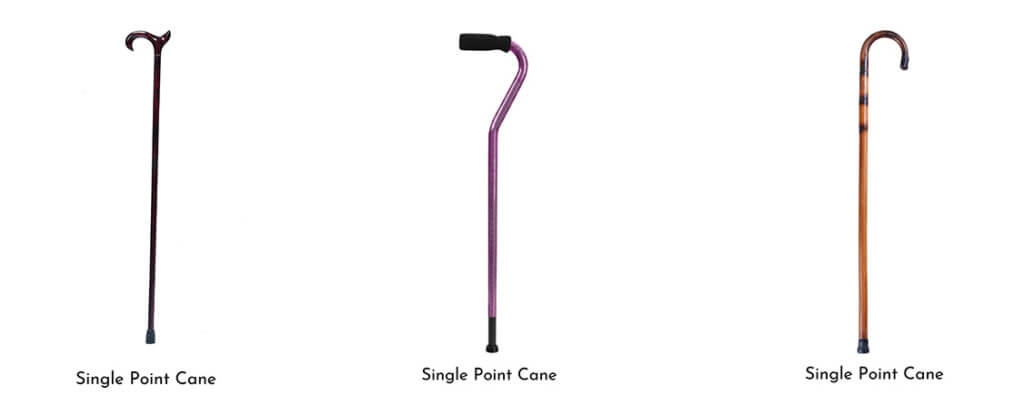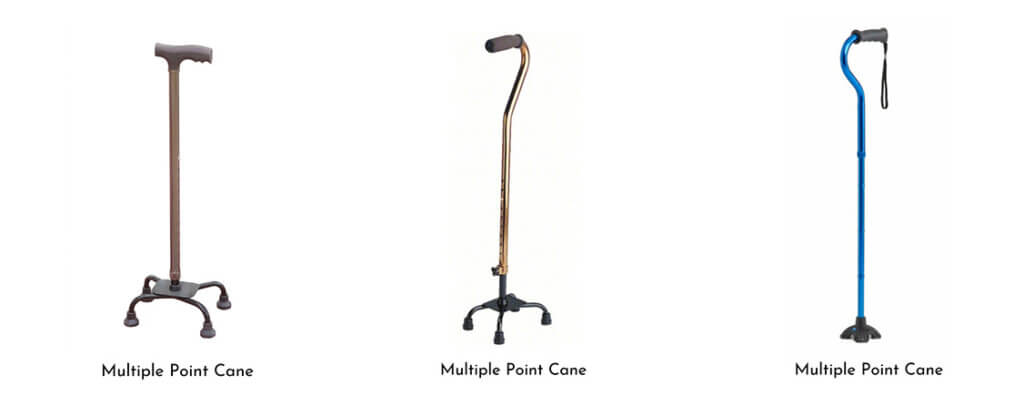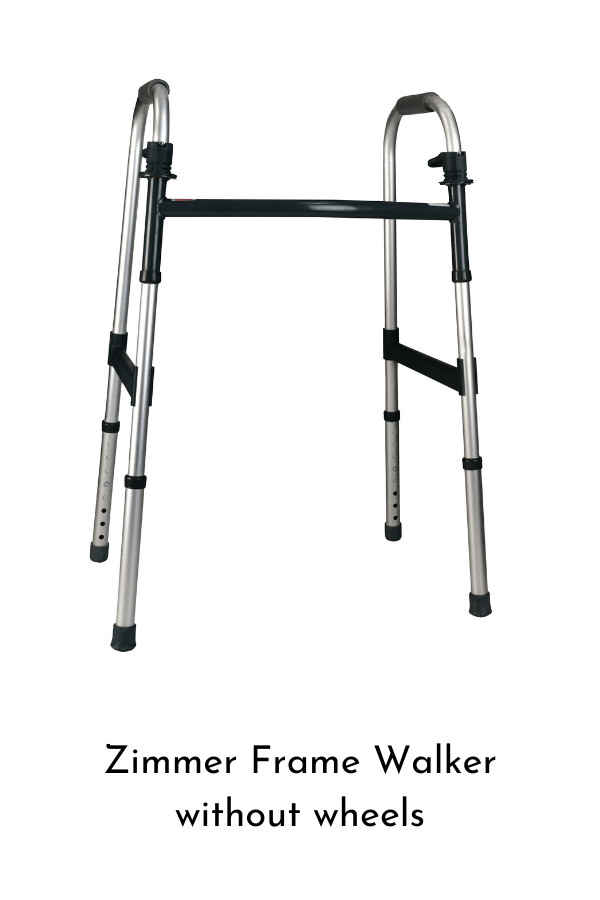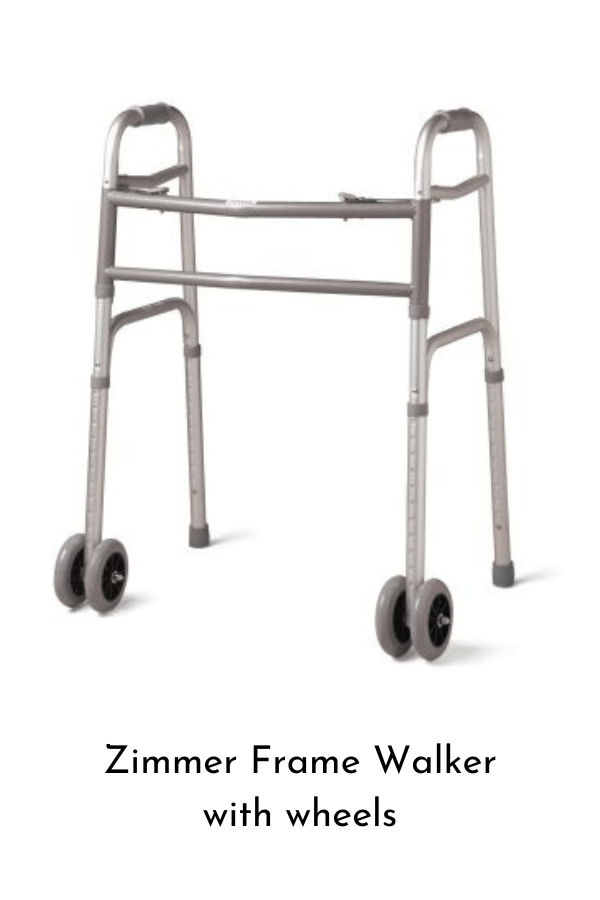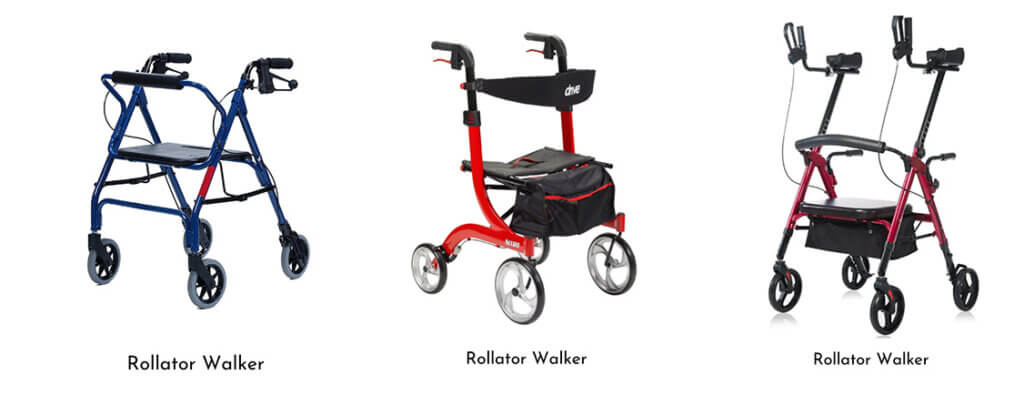Assistive Devices for Walking: Which One Is Right for You?
As we advance in years, it is common to experience a decline in mobility and balance. While they present new challenges, these changes are very manageable with a wide variety of assistive devices for walking. Mobility aids have come a long way since the days of wooden canes, and it’s great news for us all as we live more active lives into our later decades.
Different mobility aids are available to suit every need, providing everything from light balance assistance to sturdier mobility support. While wheelchairs and electric scooters are good options for those who can no longer safely or comfortably walk, we will rather focus on options for those who still can and wish to walk with the aid of a helpful, convenient implement. The following are some of the most popular mobility aids for seniors who want to move around with a little more support and security.
Walking Canes
Close to three quarters of Americans who use walking support devices opt for a cane. Among mobility aids for the elderly, a cane is versatile and easy to pack and transport, making it an attractive choice for those who don’t need intensive assistance in walking, but who maybe are looking for a little additional security.
Canes provide support by helping distribute the user’s weight, taking a significant burden off the lower body. This both alleviates some of the pressure that aggravates knees and ankles and also helps prevent falls by adding balance support.
The best walking cane for you will depend on a few factors, such as your need for balance support and the routines of your day.
Single point canes are the ones most of us first visualize when we think of canes: one rod straight down to the ground. It is named for its single point of contact with the ground. These canes are typically made of lightweight steel, aluminum, or titanium, though wooden canes are also still used. They often have plastic, gel, or foam handles that vary somewhat in angle, shape, and thickness; trying out your cane for comfort is, therefore, very important. Most canes are around 36” long, but they can be found in different sizes, and some are even adjustable in length! Some single point canes also fold up small enough to fit in a purse. Seniors who don’t need chronic assistance for walking might find that a single point cane suits their needs while conveniently storing and packing away when not needed.
Multiple point canes still have one handle, but have three or four “feet” at the end of the rod, providing more support than a single point cane. A four-footed cane is also called a quadpod. This is a great choice for those who feel a single point cane doesn’t adequately help them balance, but who don’t need the additional support of a hemi walker.
The hemi walker is the best walking cane for stability, as it bridges the gap between a cane and a walker. Rather than one rod and handle, a hemi walker looks more like one arch with two feet, angled against another arch with two feet. The result is four spread-out feet that provide a larger base for balance support. Note that like other canes, the hemi walker does not have wheels, but has rubber tips that provide a secure grip on the ground. Hemi walkers may best suit those transitioning from a cane to a walker due to decreased mobility or limb strength, as well as due to recent injury or paralysis.
Canes also come in models with forearm supports or even pop-up seats for a quick rest anywhere you happen to be. However, canes can be hard on hands and wrists, and they are less suitable for individuals over a certain height or weight, so these users may want to investigate other aids for mobility.
Walkers
Walkers are the next most popular mobility aids for elderly users and should look familiar to most. Walkers have four points of contact with the ground and typically have either two wheels (in the front) or four, though walkers without wheels are also available. There are a few different types of walkers for seniors to consider.
Zimmer frame walkers have a simple but strong structure, with a lightweight metal arch on either side (that is, two “legs” on each side making contact with the ground) connected by center bars. Standard Zimmer frames have wheels in the front but not the back. Most are adjustable in height from 24” to 34”, but tall walkers for seniors can be adjusted up to 39”. For comfortable and safe use, the user should be able to stand up straight and hold on to the Zimmer frame at about hip level, with elbows slightly bent, moving neither too far in nor too far behind the walker.
Rollator walkers have four wheels, handlebars, handbrakes, and often have a seat where the user can stop and rest. More sporty-looking than the Zimmer frame, rollators also come as big wheel walkers, meaning they have 8” or 10” wheels in the front which makes them more suitable for different terrain (like a grassy park). A related option is the knee scooter, which is a rollator with a small, padded “seat” for resting one knee while the other leg walks; this can be a lifesaver for those with nagging lower leg ailments.
Despite the additional “limbs,” even a walker with wheels can be surprisingly lightweight, and you can easily find different models of a foldable walker for adults. However, they are not the best choice for walking long distances, especially outdoors, because of the difficulty in navigating obstacles and differences in pavement height (like curbs). Walkers also vary widely in price.
Crutches
Crutches are less common for long term use in mobility aid. While they do hold an advantage in helping the user propel forward, they tend to be uncomfortable and bulky, and with long term use, they can damage the nerves in the armpits (a condition known as crutch paralysis). Crutches are best used as short term mobility aids during recovery from injuries, when prescribed by a doctor.
Choosing the best assistive device for walking depends on the user’s individual strength, balance, endurance, and lifestyle. Whichever you choose, make sure to test it out for comfort and for its ability to support your unique pace.
Taking Advantage of Home Care Benefits
Have any questions left unanswered, or wondering whether VA benefits can help cover the cost of your assistive device? If your loved one requires home care and is qualified for the VetAssist Program, they may be able to utilize the benefit to pay for some or all expenses of an assistive device. Chat with us via our website, or call us at (888) 314-6075 to learn more.
Our VetAssist mission is to make home care easily and quickly accessible for those who qualify through the VA Pension with Aid and Attendance benefit. Veterans Home Care can help you determine whether you or your loved one will be eligible to receive the benefit, which can cover some or all of the cost of home care, and we make it easy to apply.
By Sylvia Trein, staff writer




